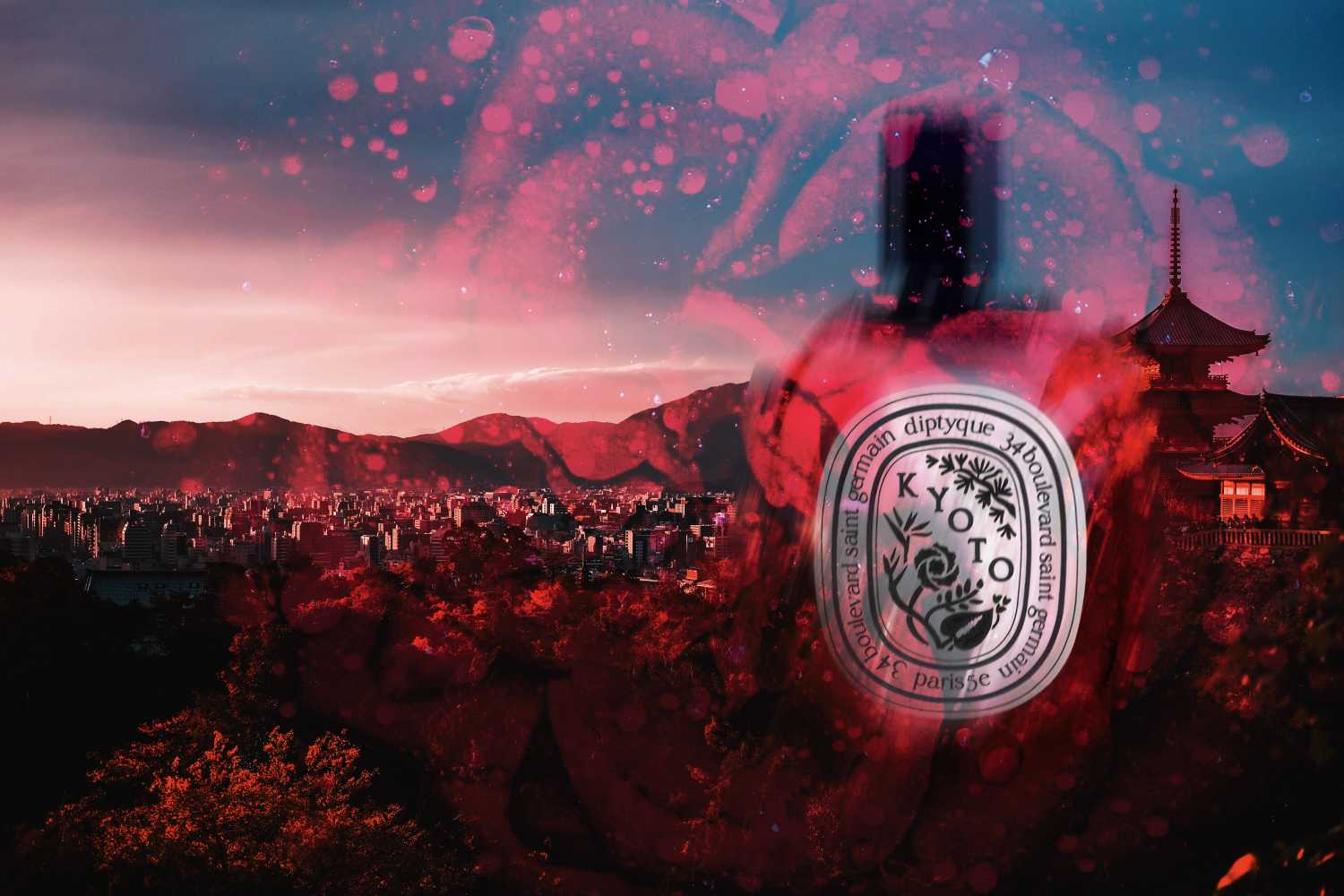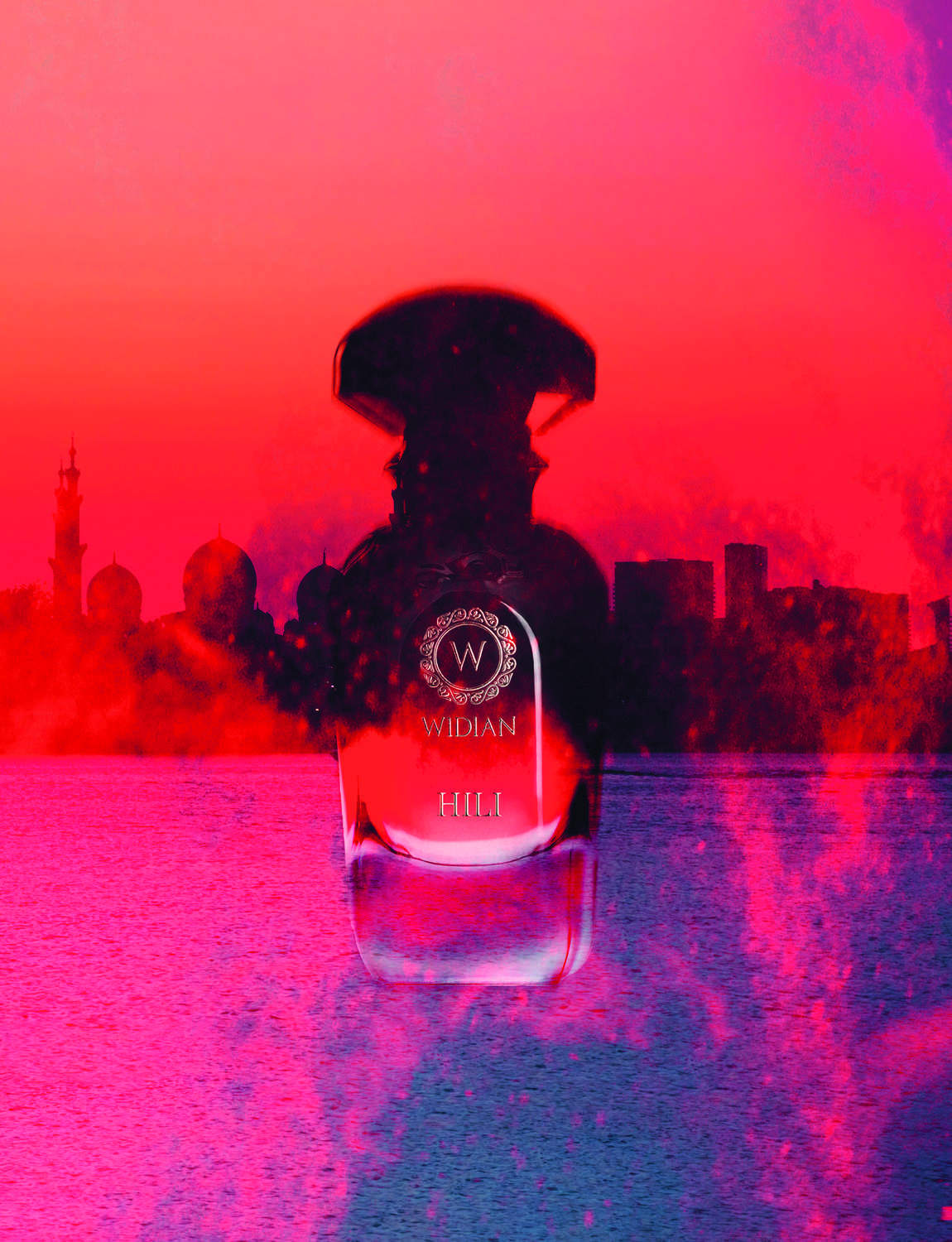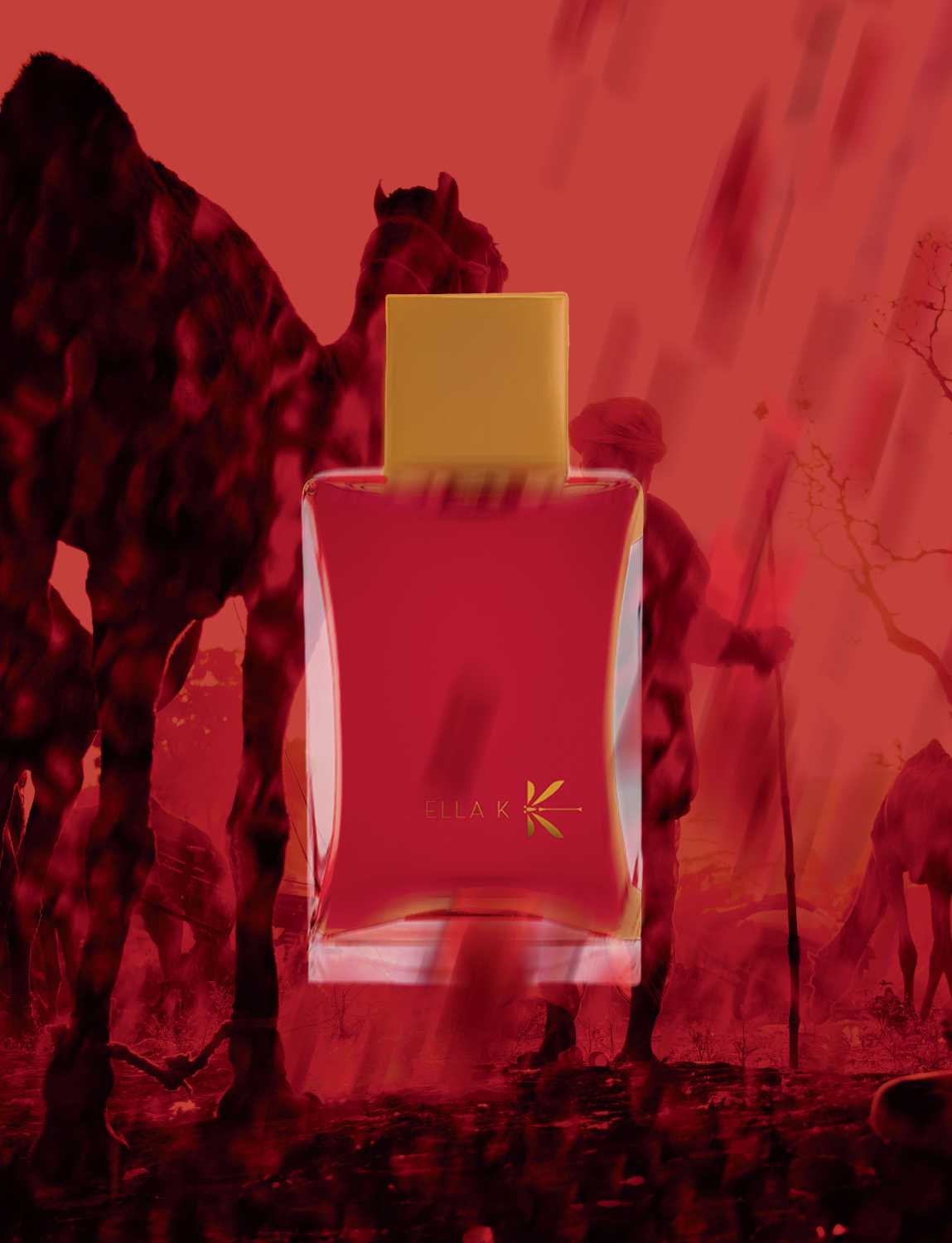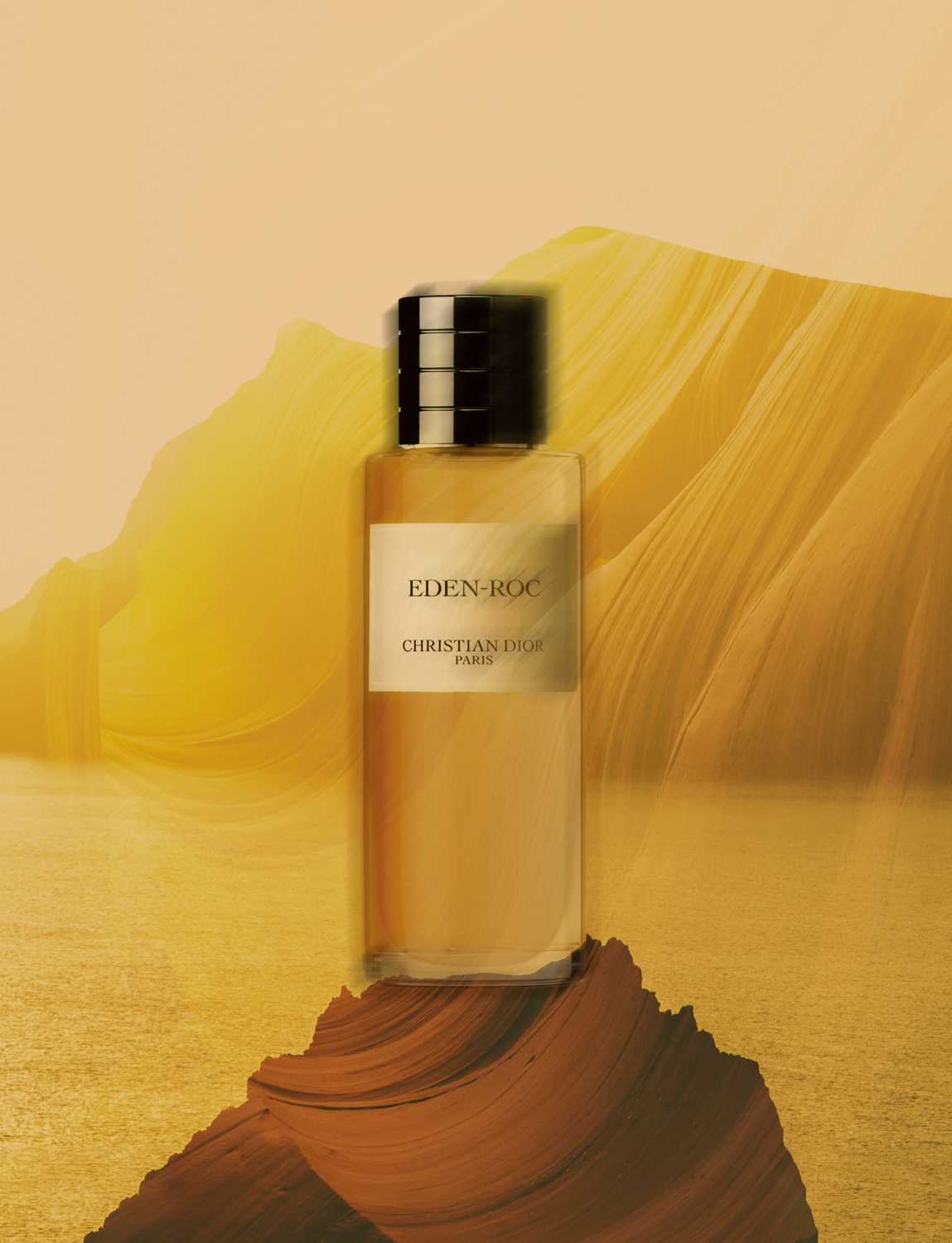Words by Suzy Nightingale

It’s an experience we’ve all had – that moment of being rooted to the spot in reverie as a passing scent suddenly flings us back, completely unbidden, to a particular time or place we’ve not consciously remembered in years. Recently, for me, it was opening a jar of fennel seeds while cooking. My kitchen became the banks of a shore in Croatia, closing my eyes and smelling wild fennel on the warm, salty breeze as dusk fell. A happy memory, tinged with the ache of longing for travel, to return, or fall in love with a place I didn’t know, make new memories. During the pandemic, sales of fragrance have continued soar, in line with our own world shrinking and the ever-gnawing need for escape. Because inside some of those scent bottles is the key to teleportation.
“The evocative powers of smell can characterise past experiences with nostalgia,” explains Dr Kelvin EY Low, associate professor and deputy head of the Department of Sociology at the National University of Singapore. “Smells form effective cues in one’s memory recollection of a particular location or destination.” This inextricable link between perfume and our recollection of a place is due to what’s known as our ‘olfactory memory.’

It isn’t merely some poetic notion, there’s a scientific reason scent and memory are so inextricably linked: “Scents are the only sensations that travel such a direct path to the emotional and memory centres of the brain,” reveals John McGahn, an associate professor in the psychology department of Rutgers University in New Jersey. All other senses are routed via the thalamus – a kind of sensory switchboard in the brain – but smell is directly connected to the amygdala and hippocampus, where memories and emotional responses are stored.
That’s why a memory rekindled by scent is “experienced as more emotional and more evocative,” said Rachel Herz, assistant professor of psychiatry and human behaviour at Brown University in Rhode Island. This metaphorical placement of ourselves occurs even if we’re smelling a perfume that doesn’t remind us of anywhere. The brain doesn’t like such randomness (and we don’t like to feel so emotionally adrift), so it will compensate by suggesting a series of familiar colours, textures, temperatures and ‘that’s a bit like…’ scenarios until we have pinned it, like putting a flag in the olfactory map of places we’ve conquered by knowing them.

But like many others recently, I’ve become a junky for newness, desperately seeking solace in somewhere other than my surroundings. I began the various lockdowns by swathing myself in the comfort of the familiar – classic fragrances I’d worn previously, the signature scents of loved ones; but eventually their amicability became anathema, an olfactory restriction that throttled me. Instead of building mere castles in the sky with my imagining, I wanted to create whole worlds unknown to me, populate them with possibilities, allow my mind to wander even if I couldn’t. As the world shrank around me, so began my quest to travel via my nose. Or rather, by borrowing the noses of various perfumers who’ve captured destinations in their fragrant formulae.
These metaphorical travel diaries of sentiment are the starting point for an increasing number of scents based on places, or the sensation of travelling itself. The very beginning of her creations, explains Hermès in-house Christine Nagel, is always “a place that moves me, a landscape imprinted on my mind, a memory suddenly resurfacing…” Among her eaux de toilettes of the Hermessences collection, two – Cardamusc and Musc Pallida – are oil-based ‘essences de parfum’. They feel like emotional compass points in perfume form, intended to be worn alone or used as a base-boosting thrum of grounding comfort for other fragrances. Cardamusc wraps hot sand in the silvery cool of moonlit silkiness, while Musc Pallida captures a desert mirage, the neutral colours cocooned in the wet, velvet throb of humanity it radiates on warm skin. I’ve not travelled as much as Nagel but wearing her compositions, I can ‘see’ these places in the droplets I smooth over my pulse points.
“Very often it’s my travels that are the source of my inspiration,” agrees Sonia Constant, a perfumer who happens to be Nagel’s sister-in-law, now founder of her own house, Ella K. Adventuring with a Leica camera and Moleskine notepad; rather fabulously, she also carries a miniature ‘head space’ machine, which captures the air around unfamiliar plants, later to be deciphered by a computer and used for future creations. The sacred site of Pushkar in Rajasthan was one such visit, its essence later expressed in Rose de Pushkar. Constant says she wanted “…to capture that sublime moment when the roses and their petals scattered on the surface by the pilgrims of the day, and still floating in the twilight, are reflected in the lake’s sacred waters below the full moon.” Smelling it now, so majestic with oud, fire suffused with something silvery, and hearing how she works, I can’t help thinking of her – and by wearing it, imagining myself – as a kind of fragrant Indiana Jones, swinging across caverns on rose-swagged vines. I’ve never been there, or trapped Rajasthan’s scents beneath a bell jar; but I can know what it feels like, I can map out the journey on my skin.
Moonlight may not have a scent, but the feeling of it can be transposed to the wearer through the perfumer’s manipulation of the aroma molecules, and the brain’s eagerness to make sense of them.

When perfumers’ attempt to capture a place, it’s more than a simple snapshot they’re trying to express. “I’ve been lucky to have travelled extensively,” says Clara Molloy, co-founder of MEMO, “but I find that my favourite travels are when I dream, and my imagination takes over.” Another woman who never leaves home without her trusty notebook, to sketch her impressions of places the scents are inspired by, together with husband, John, they see MEMO fragrances as “forging their identity around magical destinations and potent raw materials… the promise of a magical journey, extended beyond its end and constantly re-travelled.” Spraying Argentina, I’m thrust into the pulsating heart of the country, perfumer Alienor Massenet’s pepper-flecked rose and jasmine essences an unashamedly dramatic embrace of ingredients reflecting a culture I’ve not experienced first-hand but can feel pulsating at the nape of my neck. You see, it’s the equivalent of understanding an artist’s rendition of the way the light kisses the landscape, as opposed to the emotional sterility of recognising somewhere on a picture-perfect postcard image.
The particularities of the light of Paris, for example, is the alchemy that illuminates Maison Francis Kurkdjian’s Grand Soir & Petit Matin duo, two scents I’ve found myself returning to frequently. Evoking the experience of wandering the city at different times during the same day, Petit Matin is pale sunshine piercing the dawn with luminous litsea cubeba sparkling lemon, a gentle stretch of amber-washed lavender greeting the day. Grand Soir, meanwhile, swaggers with warm vanilla, resinous benzoin and darkly simmering cistus resin – the amber glow of a sunset gilding windows dark gold, the flickering flames of candlelight glimpsed in restaurants. I’ve staved off panic attacks by meandering those same streets many times from my home office, danced beside the Seine, in my mind, wearing these; because sometimes only Paris will do when the far more mundane reality of where you are has its fingers around your throat.
I’m intrigued at the way a scent can re-write a less pleasant memory, too. My experience of Berlin was a cold, wet holiday with a sullen boyfriend and a gaggle of his pals, full of simmering resentments and rain-drenched rows. Wearing Gallivant’s fragrant expression of the city, I forget the horrible details and focus instead on the one moment I treasure. In Gallivant’s portrait it’s about “nature, being outdoors, all the incredible greenness and trees, a freshness with the lakes around the German capital,” founder Nick Steward explains. “But there’s also this interior life, something northern European with a bit of a colder edge. Classical like a certain Berlin architecture, but with a Bohemian underbelly.” The crisp verdancy surprises, a kick of grapefruit’s zing segueing to the spiced yet slightly aloof grandeur of the heart, that and the earthy base reminding me of the avant-garde club we emerged from blinking into incongruous sunshine, walking back hands entwined, throats raspy from smoke machines and all-night laughter. The only truly happy memory of that trip, but one I can elongate indefinitely in fragrant form, returning whenever I take the top off that bottle.

The truth is, we all constantly re-write the stories of our lives, and delving into the dressing-up box of scent helps a lot, but only if we cast ourselves firmly into the heart of the image the fragrance suggests. “A perfume comes to life when it is worn, a place when it is lived,” says master perfumer Francois Demachy. When tasked to create a homage to the Hotel du Cap-Eden-Roc, for its 150th anniversary, he composed Dior Eden-Roc “by imagining myself arriving at the hotel by the sea.” Rather than merely evoking the grand façade, he wanted to create a perfume that felt like a lived experience. Bathed in sunlight, licked by salty air, the pale rocks and lush verdancy of vegetation nestle a final woody accord that feels gently borne aloft on the wave-lapped rocks. In wearing the fragrance, one can sense not only the place but picture yourself there as a physical possibility. Have you ever visited in person? It doesn’t matter. You can bundle your anxiety there and have it stretching on a fluffy towel before it realises what you’ve done. Sometimes half the trick is stopping those negative thoughts in their tracks, and as a failed meditator I’ve never found anything that works as well as an evocative fragrance can.
I shall travel in person again, but until then my dressing table is dizzy with possibilities for escape. I can wander Abu Dhabi’s archaeological floral gardens via Widian’s Hili – a bouquet of white blooms dusted with spices, the velvety base soaked in coconut and vanilla, or feel the spray of cascading waterfalls at Australia’s Byron Bay thanks to Goldfield & Banks Bohemian Lime. Perfumer Alexandra Carlin transports me to Kyoto for Diptyque’s fragrant evocation of the art of ikebana – a spiritual balance beautifully expressed through incense for shin (heaven), rose for soe (humanity), beetroot and vetiver for hikae (Earth); while Penhaligon’s Cairo invites me to imagine the heat smouldering with Damascan Rose, a Mediterranean melting pot of gilded saffron and spiced cedar. Sometimes I eschew reality through time-travel – Constantinople celebrating this ancient ‘Queen of Cities’ at nightfall, opulent iris nestled on salty shores, seams of liquid vanilla rippled by moonlight, while Paco Rabanne’s Olympéa Blossom takes me to Ancient Greece, wearing a crown of budding roses and a diaphanous gown. Why not? Far more glamorous than my actual dressing gown.
For Aesop’s Othertopias perfumer Barnabé Fillion chooses to traverse “realms both real and imagined”; allowing me adventures to wild shores via marine-fresh Karst, set sail on a wooden ship with buccaneering Miraceti, and explore Erémia’s more tangible, petrichor-soaked urban jungle. Am I saying a spritz of these fragrances is as good as a holiday? Of course not. But they are handy tools to grab when you need an instant emotional getaway. I’m hungry to be romanced by daydreams of elsewhere, and when you’re silently screaming at the thought of being trapped inside those same four walls another week, you need something that works instantaneously. Think of your next fragrance choice as the equivalent of turning up to the airport without any luggage and asking for a ticket to ‘anywhere at all.’ That final destination is just the beginning of your next adventure.









